Table of Contents
AMD are finally bringing their Radeon RX 6000 graphics hardware to mobile products as of early June 2021 and the ASUS ROG Strix G15/G17 Advantage lineup is the launch partner for the platform.
I was hoping to get my hands on a test unit before launch, but I could not this time around, so this article is only a preview of the G15 Advantage series and a look at its particularities and what sets it apart from the regular Strix G15 that’s been available in stores for a few months now. We’ll also touch on performance, but for now, only based on the numbers provided by Asus, and we’ll follow up with our own findings in a proper review once we get our hands on a review unit.
So first off, while the Strix G15 is built on AMD Ryzen 5000 hardware with Nvidia RTX 3000 graphics, the G15 Advantage Edition series pairs the same AMD Ryzen 5000 processors with the recent AMD Radeon RX 6000 graphics, so is pretty much the latest technology available from AMD right now (Zen3 processors and RDNA2 graphics). That’s not all, though, as both the CPU and the GPU are able to run at higher power on the G15 Advantage, thanks primarily to an updated thermal module, with a vapor chamber and liquid metal applied on both components.
Furthermore, AMD worked closely with Asus to optimize this product and make sure it fully benefits from the advantages of having both an AMD CPU and GPU, such as the implementation of the AMD SAM – Smart Access memory and Smartshift technologies (which shifts power from the CPU to the GPU when required, similar to Nvidia’s Dynamic Boost), among others.
Of course, at this point, I’d advise you to wait for reviews before drawing final conclusions on the performance, efficiency, and thermal/acoustics of this G15 Advantage platform. On paper though, this sounds like a solid gaming/performance product, and I’m excited to see what AMD and Asus can deliver here (and I’m sure you are as well).
Anyway, here’s a quick spec sheet of the 2021 Strix G G513 and the Strix G G513 Advantage series, where I’ve emphasized what’s updated on the Advantage model.
| 2021 ASUS ROG Strix G15 G513QR | 2021 ASUS ROG Strix G15 Advantage G513QY | |
| Display | 15.6-inch, 16:9, non-touch, matte, FHD 1920 x 1080 px IPS, 300 Hz 3ms with 100% sRGB, with AdaptiveSync or QHD 2560 x 1440 px IPS, 165 Hz 3ms with 100% DCI-P3, with AdaptiveSync |
15.6-inch, 16:9, non-touch, matte, FHD 1920 x 1080 px IPS, 300 Hz 3ms with 100% sRGB, with FreeSync or QHD 2560 x 1440 px IPS, 165 Hz 3ms with 100% DCI-P3, with FreeSync |
| Processor | AMD Cezanne, up to Ryzen 7 5900HX, 8C/16T (up to 80W) | AMD Cezanne, up to Ryzen 7 5900HX, 8C/16T (up to 90W) |
| Video | AMD Radeon Vega + up to Nvidia GeForce RTX 3070 Laptop 8GB (115W, up to 130W with Dyn Boost) |
AMD Radeon Vega + up to Radeon RX 6800M 12GB (145W, up to 15% with Smartshift) |
| Memory | 2x DIMMs, up to 32 GB DDR4-3200 | |
| Storage | 2x M.2 PCI x4 slots | |
| Connectivity | WiFi 6 (Intel AX201) 2×2 with Bluetooth 5.0, Gigabit LAN (Realtek RTL8168/8111) | |
| Ports | 3x USB-A 3.2 gen1, 1x USB-C gen2 with video, data and charging, HDMI 2.0b, LAN, headphone&mic | |
| Battery | 90Wh, 240 W power adapter + USB-C charging up to 100W | 90Wh, 280 W power adapter + USB-C charging up to 100W |
| Size | 354 mm or 13.94” (w) x 259 mm or 10.2 (d) x 27.2 mm or 1.07” (h) | |
| Weight | 2.28 kg (5.05 lbs), .73 kg (1.6 lbs) power brick and cables, EU version | |
| Extras | rubber-dome 4-zone RGB backlit keyboard, dual speakers, no included webcam | |
Update: Here’s our coverage of the updated 2023 Asus ROG Strix G16 and Strix G18 lineups. As for newer AMD Advantage designs, the Asus TUF Gaming A16 Advantage is the only all-AMD platform in Asus’s 2023 lineup.
Update 2: And here’s our review of the mid-tier 2023 Asus ROG Strix G17 lineup (AMD Ryzen 9 7945HX + RTX 4070).
G17 models with 17-inch displays are also going to be available in both cases, but we’ll mostly focus on these 15-inch models in this article.
On the outside, the two G15 generations are pretty much identical, with some small design particularities, such as a matte black theme and some red-colored elements on the Advantage. Variants with Silver/White are also an option, but I’d expect mostly the Red models to be available in stores, since this is an all-AMD laptop after all.
That aside, the build, inputs, and connectivity are similar, and I’ll refer you to our previous articles about the 2021 Strig G series for more details.
Asus also offer similar panel options on the two, with either an FHD 300 Hz and a QHD 165 Hz, the latter with splendid 100% DCI-P3 color coverage.
However, there is a slight difference in the Sync technologies implemented on the two models, with ActiveSync on the Nvidia RTX configuration, and AMD FreeSync on the AMD RX models. The two work in a similar way, though, and allow the system to switch between the iGPU and dGPU on the fly when required, but route the internal screen’s signal through the iGPU. This results in a slight performance toll in certain games and GPU loads on the Nvidia configuration, and might also result in similar behavior on the AMD models (we’ll have to test that in our review).
That aside, the HDMI port is 2.0b on both variants and connected through the iGPU as well, and the only way to get full dGPU signal is when you connect an external monitor through the USB-C port (with DP – DisplayPort).
Hardware and thermal design
With these out of the way, let’s take a closer look at the Strix G15 Advantage and how it compares to the regular Strix G15.
It’s obvious that the main difference between the two is in the implemented dGPU, with an Nvidia GeForce RTX 3070 Laptop on the high-end Strix G15 configuration and an AMD Radeon RX 6800M on the Strix G15 Advantage. The two are supposed to be competing chips, with a slight price advantage for the AMD model, from what I’ve been told so far. Furthermore, the RX 6800M offers more vRAM (12 vs 8 GB) and runs at higher power, at least on these products.
As far as the performance goes, we’ll cover some numbers down below, but take them with a grain of salt as they are provided by AMD/ASUS and not on our own tests.
Specs aside, there are actually a couple of other important differences between the G15 and G15 Advantage models that you should be aware of.
For starters, the G15 Advantage is designed to run both the CPU and the GPU at higher power. The regular Strix G15 is a 5-phase power design for the CPU (which runs at up to 80W sPPT) and a 7-phase design for the GPU (which runs at up to 130 W with Dyn Boost 2.0). I’m not entirely sure what’s the combined CPU+GPU power allocations, but I think it’s around 150 W.
For the G15 Advantage, Asus went with a 6-phase power design for the CPU (which runs at up to 90W sPPT) and a 10-phase design for the GPU (which runs at 145W, but up to 15% performance boost is advertised with the help of AMD’s Smartshift technology). It’s still unclear to me if that means that the Radeon RX 6800M GPU can run at up to 145W + 15%, as well as what’s the combined CPU+GPU power allocation, but the available materials suggest we should expect a +25W increase over the standard G15 design.
All these are possible thanks to the updated thermal module on the G15 Advantage.
We’re still looking at two fans and 4 radiators, similar to the ones of the regular Strix G15, but with a vapor-chamber ensemble in between and Thermal Grizzly liquid metal applied on both the CPU and GPU.
That aside, Asus implemented an IR sensor underneath the laptop’s K key, designed to monitor the temperature at keyboard-level and adjust the fans’ speeds accordingly. The design also places one of the fans underneath the WASD keys, in order to keep that area cool.
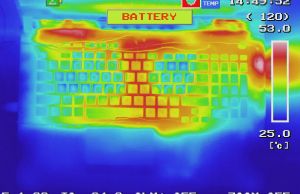
For what is worth, though, Asus provided us with their internal thermal readings on both the G15 and the G15 Advantage, and based on those, the CPU and GPU temperatures tend to be on average 5-7 degrees higher on the Strix G15 Advantage. That means the AMD-only model might run a fair bit hotter internally on the Turbo profile, and that could be somewhat problematic, given how the CPU and GPU already ran fairly hot on the regular Strix G and Strix Scar lineups.
This is definitely something to further look into in our review.
The software package is mostly similar between the Nvidia and AMD configurations, with Silent/Performance/Turbo and Manual modes, with increased power allocations and the overclocked GPU on Turbo. There’s no noise rating mentioned for Turbo, but the regular G17 ran at around 45 dB on Turbo, so hopefully, the Advantage won’t run louder.
AMD Radeon Boost is a novelty for the Strix Advantage models and is supposed to improve the smoothness of your gaming experience with fast activities. This implements variable-rate shading in order to limit any drops in framerates when quickly moving/rotating your character, and the technology is only supported by the most popular DX11 and DX12 titles (GTA V, Shadow of Tomb Raider, Cyberpunk 2077, Overwatch, Fortnite, etc).
Ok, so as far as the performance of the G15 Advantage platform goes, I’ve put up together a few numbers down below. They’re based on Asus’s own tests for the Strix G15 and the Strix G15 Advantage, and right alongside I’ve put our own findings on the Strix G17. Both regular Strix models are R9 + 3070 configurations, while the G15 Advantage is R9 + 6800, and all tests are performed on the Turbo profile.
These should help you get a broad picture of the kind of performance you should expect from the Advantage model, and while I still advise taking them with a grain of salt, I must add that based on past experience, Asus’s reference scores are fairly accurate and realistic in comparison to what we end up getting in our own tests.
| Strix G15 – R9 5900HX + 3070 115+W |
Strix G15 Advantage – R9 5900HX + 6800M 145W |
Strix G17 |
|
| 3DMark 13 – Fire Strike | 23911 (Graphics – 26593, Physics – 25942, Combined – 12762) | 28119 (Graphics – 35158, Physics – 26102, Combined – 11995 | 23478 (Graphics – 26601, Physics – 24535, Combined – 12072) |
| 3DMark 13 – Port Royal | 6282 | 5528 | 6438 |
| 3DMark 13 – Time Spy | 10658 (Graphics – 10729, CPU – 10145) | 11272 (Graphics – 11695, CPU – 10275) | 10286 (Graphics – 10626, CPU – 8709) |
| Cinebench R20 | Multi: 5328, Single: 585 | Multi: 5654, Single: 583 | Multi: 4974, Single: 552 |
| Heaven Benchmark | 3558 | 3715 | – |
| PCMark 10 | 7339 (E – 10420, P – 10593, DCC – 9720) | 7485 (E – 10482, P – 9658, DCC – 11243) | 7131(E – 10294, P – 10072, DCC – 9491) |
The CPU scores are nearly the same between the two, although our G17 did score a little poorer than advertised in Cinebench R20. The GPU scores place the Radeon 6800M significantly in front in the DX11 3DMark Fire Strike test. The gap shrinks in DX12 time Spy, and then the Nvidia chip steps in front by a fair margin in the Ray Tracing Port Royal test.
The Radeon chip also seems to have an edge in the DCC – Digital Content Score part of the PCMark10 benchmark, and then it trails the Nvidia chip in the P – Productivity test.
As far as gaming goes, here are a couple of results, again, based on the Asus provided reference scores (G15 and G15 Advantage) and our own testing (on the G17).
| Strix G15 – R9 5900HX + 3070 115+W |
Strix G15 Advantage – R9 5900HX + 6800M 145W |
Strix G17 |
|
| Control (Ultra with RTX ON) |
58 fps (52 fps min) | 96 fps (40 fps min) | – |
| Far Cry 5 (DX 11, Ultra Preset, SMAA) |
117 fps (91 fps min) | 96 fps (74 fps min) | 101 fps (75 fps – 1% low) |
| Metro Exodus (Ultra with RTX ON) |
66 fps (36 fps min) | 82 fps (46 fps min) | – |
| Red Dead Redemption 2 (DX 12, Ultra Optimized, TAA) |
86 fps (58 fps min) | 89 fps (48 fps min) | 93 fps (60 fps – 1% low) |
| Shadow of Tomb Raider (DX 12, Highest Preset, TAA) |
116 fps (- fps min) | 108 fps (- fps min) | 94 fps (38 fps – 1% low) |
| Witcher 3: Wild Hunt (DX 11, Ultra Preset, Hairworks On 4) |
107 fps (95 fps min) | 117 fps (56 fps min) | 113 fps (82 fps – 1% low) |
It’s difficult to draw any conclusions based on these numbers, as they vary greatly between the tested titles. In Metro and Control, both with RT on, the 6800M comes in front by a large margin. As for the rasterization titles, the Radeon chip wins in Witcher 3 (DX11), but trails the RTX 3070 in Far Cry 5 (DX11) or SOTTR (DX12). All I can say is that the 6800M trades blows with the 3070 Laptop, winning some games, losing others, so it should at least be a competitive option. Look for more tests and updates in the near future.
AMD provide some gaming results in their own slides showing that the 6800M is capable of 60+ fps in every recent game, at QHD resolution and maximum graphics settings. That includes Cyberpunk 2077 or Borderlands 3, some of the more demanding titles of this generation.
In fact, in their charts, the 6800M even beats a 3080 8GB in many titles, but those are cherry-picked results and should be taken lightly, especially since they do not clearly mention the TGP of that 3080 Laptop chosen for comparison, so it might well be a lower-power implementation.
Update: Jarrod did some early game testing on his Strix G15 review sample and you’ll find the results in the clip down below. It’s interesting that the 6800M model was outmatched by a similar TGP RTX 3070 in his tests.
You’ll also find some benchmarks and gaming tests in this review from CNet. A lot of publications got their review samples in time, so hopefully, we’ll be getting ours soon enough as well…
What I find interesting is this other AMD slide about their Amplified performance effect, which should provide a 5-11% boost in framerates in certain titles thanks to the combined hardware and software package you’re getting with this all-AMD product. While this is partially marketing as well, I do expect to see some practical benefits out of this AMD-exclusive platform, both in terms of performance and efficiency.
One final aspect to add here is that the Strix G15 and the G15 Advantage should do similarly in terms of battery life, based on the numbers provided by Asus, at about 5-7 h of daily use and 9-10h of video. That’s no surprise, given how both get the same 90W battery and the ability to seamlessly deactivate the dGPUs when not in use. The G15 Advantage should have an edge while running demanding loads and games on battery, and we’ll cover that in the review.
I’ll also add that you do have to accept a slightly bigger 280W charger on the G15 Advantage, compared to the 240W version on the G15. Both laptops support USB-C charging if you don’t want to lug around the main bricks, but you’ll have to pay extra for a USB-C charger, as it’s not included.
Some quick final thoughts
Bottom point, the Strix G15 AMD Advantage Edition promises excellent performance at an attractive price point.
The Ryzen 9 5900HX + Radeon 6800M configuration is expected at $1649 in the US, at BestBuy, which is about $150 cheaper than the Ryzen 9 + RTX 3070 version of the regular Strix G15 (which is now mostly out of stock at Best Buy). This should translate into similar or better performance in some workloads and games, where the AMD hardware and software bundle (SmartShift, SAM, FreeSync) should push this in front of the competition.
Now, I would hold out for some reviews before jumping on these products. My concerns are around noise levels and especially the interior temperatures. Based on the little information available in the ASUS review guides, this G15 Advantage might end up hotter than the standard Strix G15, which ran fairly hot already. That’s not really a surprise given the components are designed to run at higher power in the Advantage models, and we’ll need to further test how the improved thermal module copes with this increased power.
Other than that, though, I’d expect the Strix G15 to be a competitive product.
At this point, I don’t have a time estimate for the review, all I can say is that I don’t have a review sample yet, so a review won’t happen sooner than a few weeks. In the meantime, I’d love to hear what you guys think about this product, so let’s talk down below.
Update: Our review of the G15 Advantage series is available here, and our review of the updated 2022 ROG Strix G15 generation is available over here.

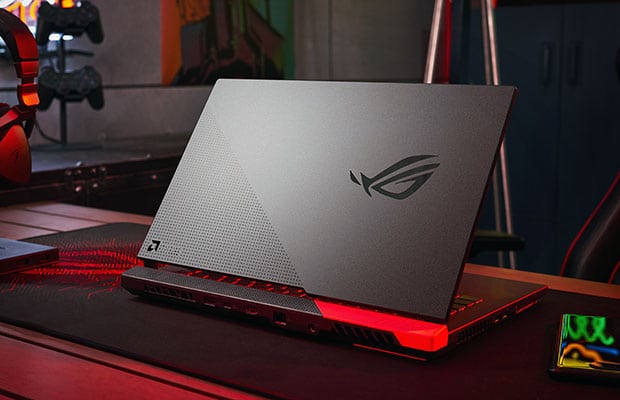
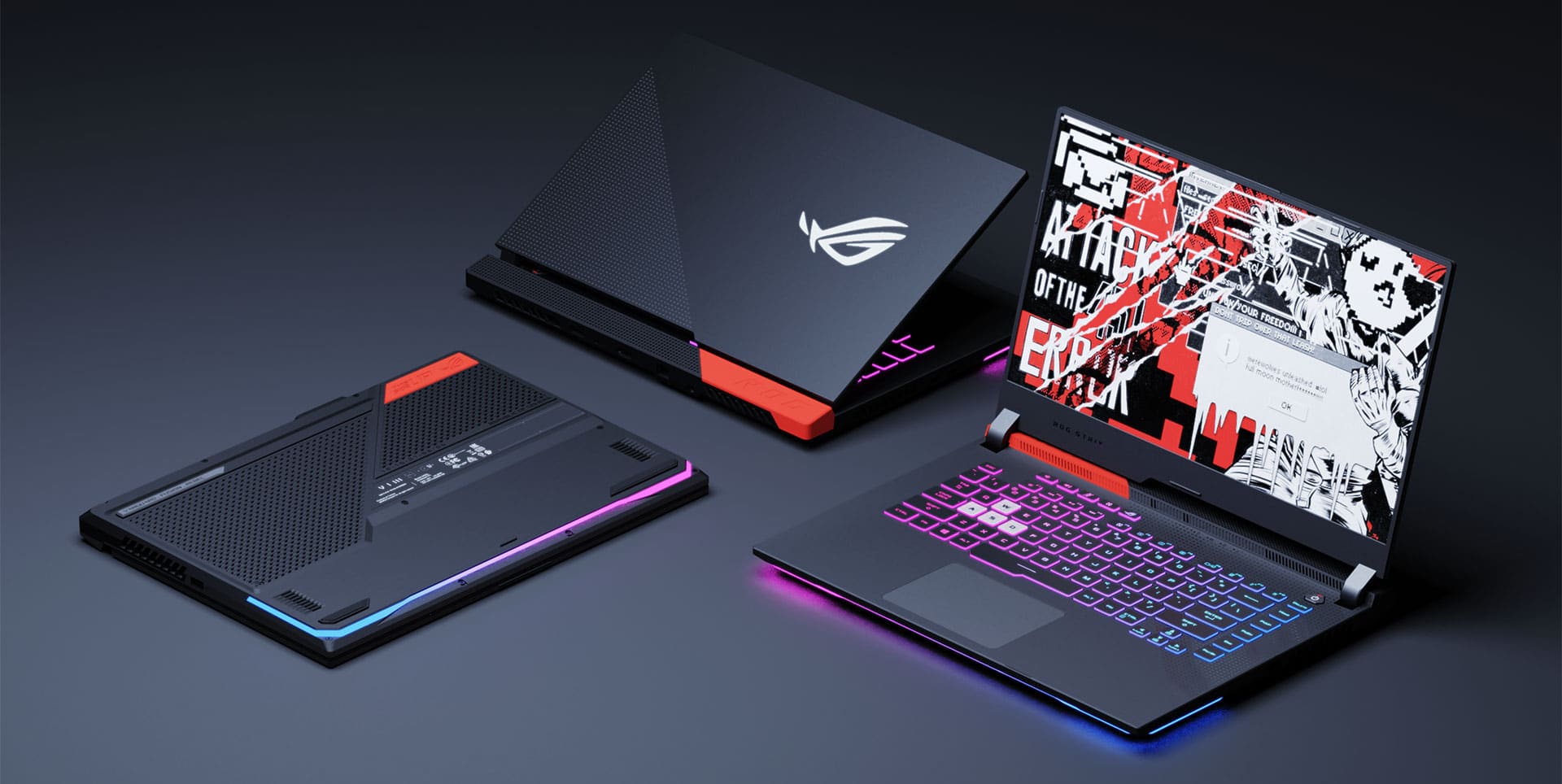
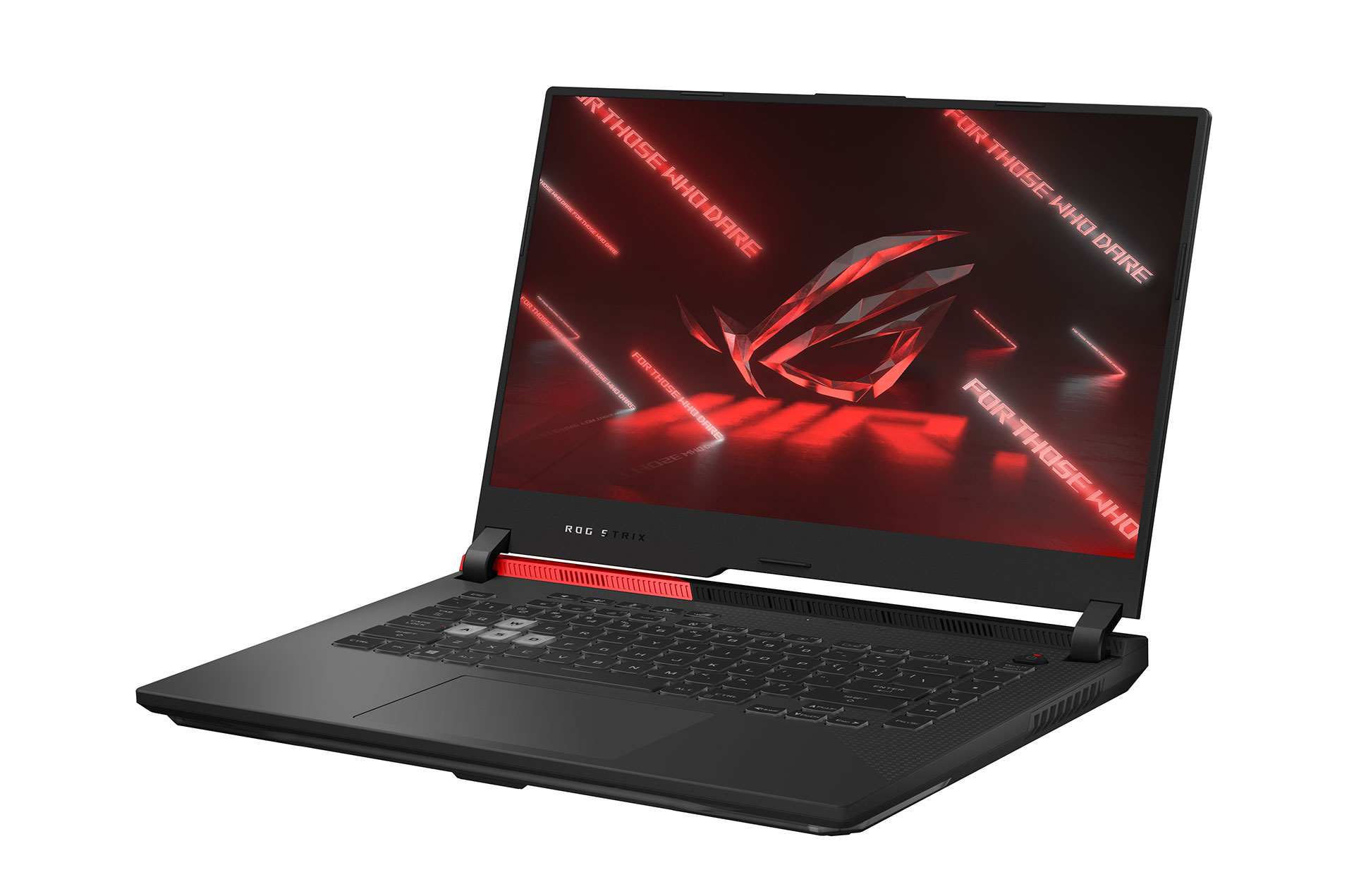
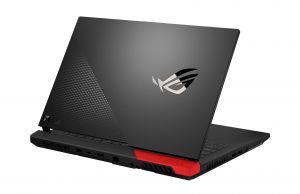
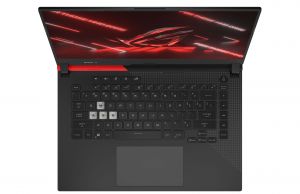
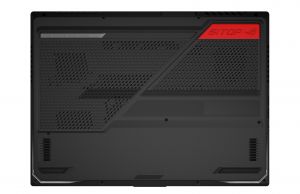
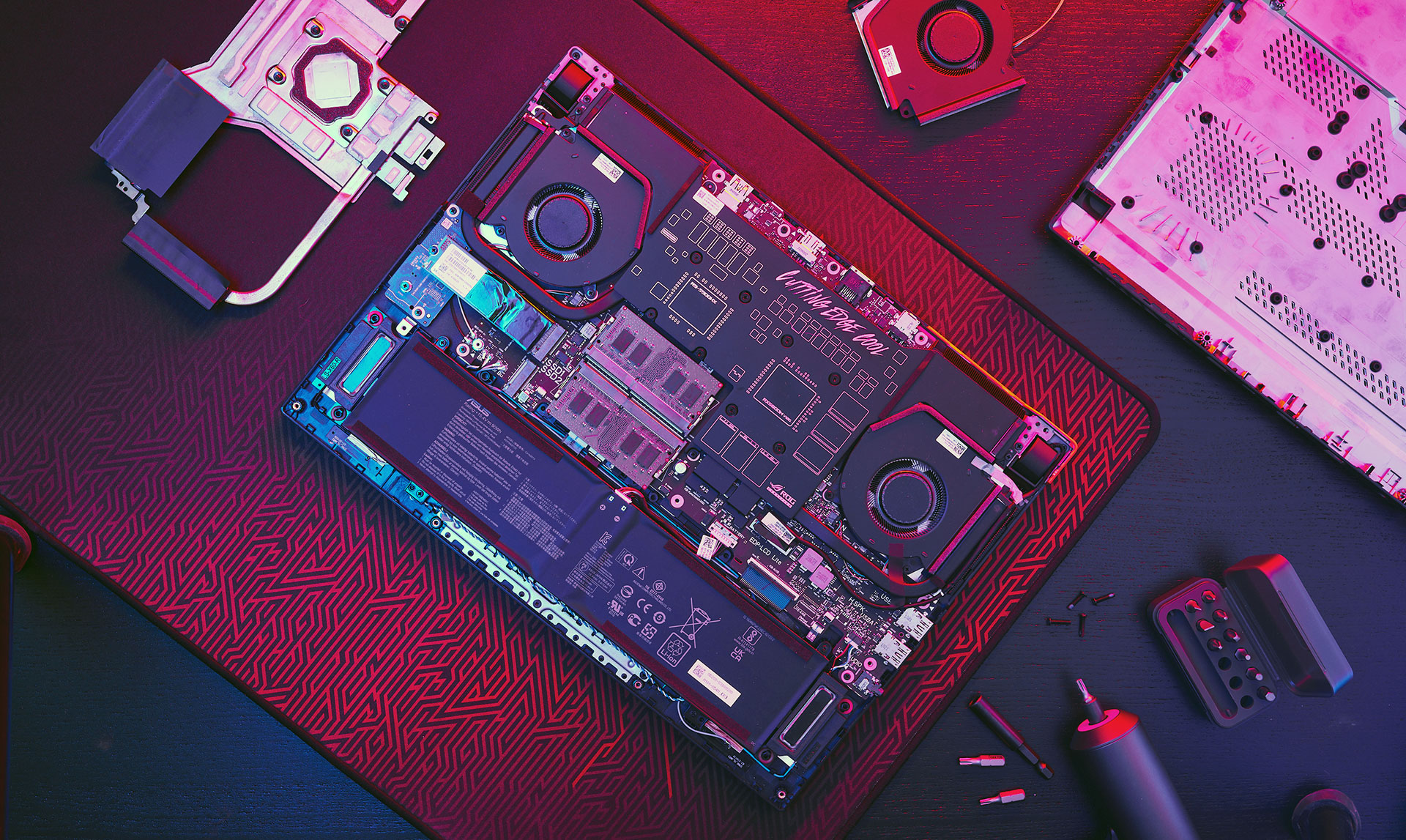
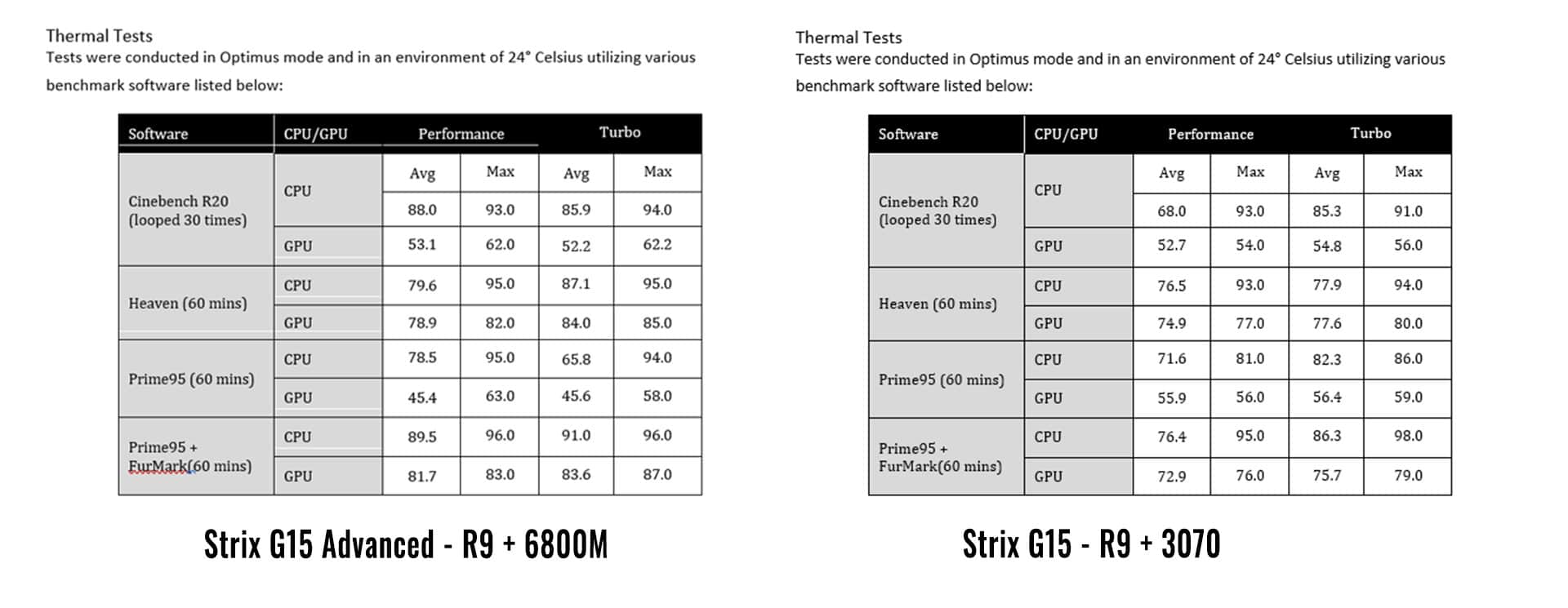
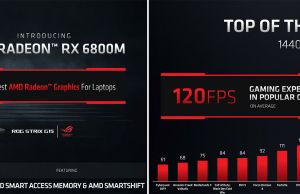
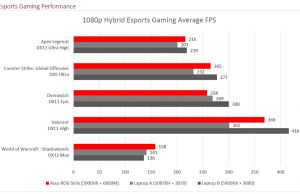
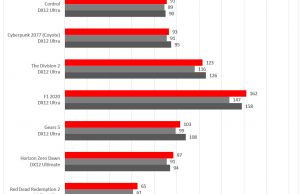
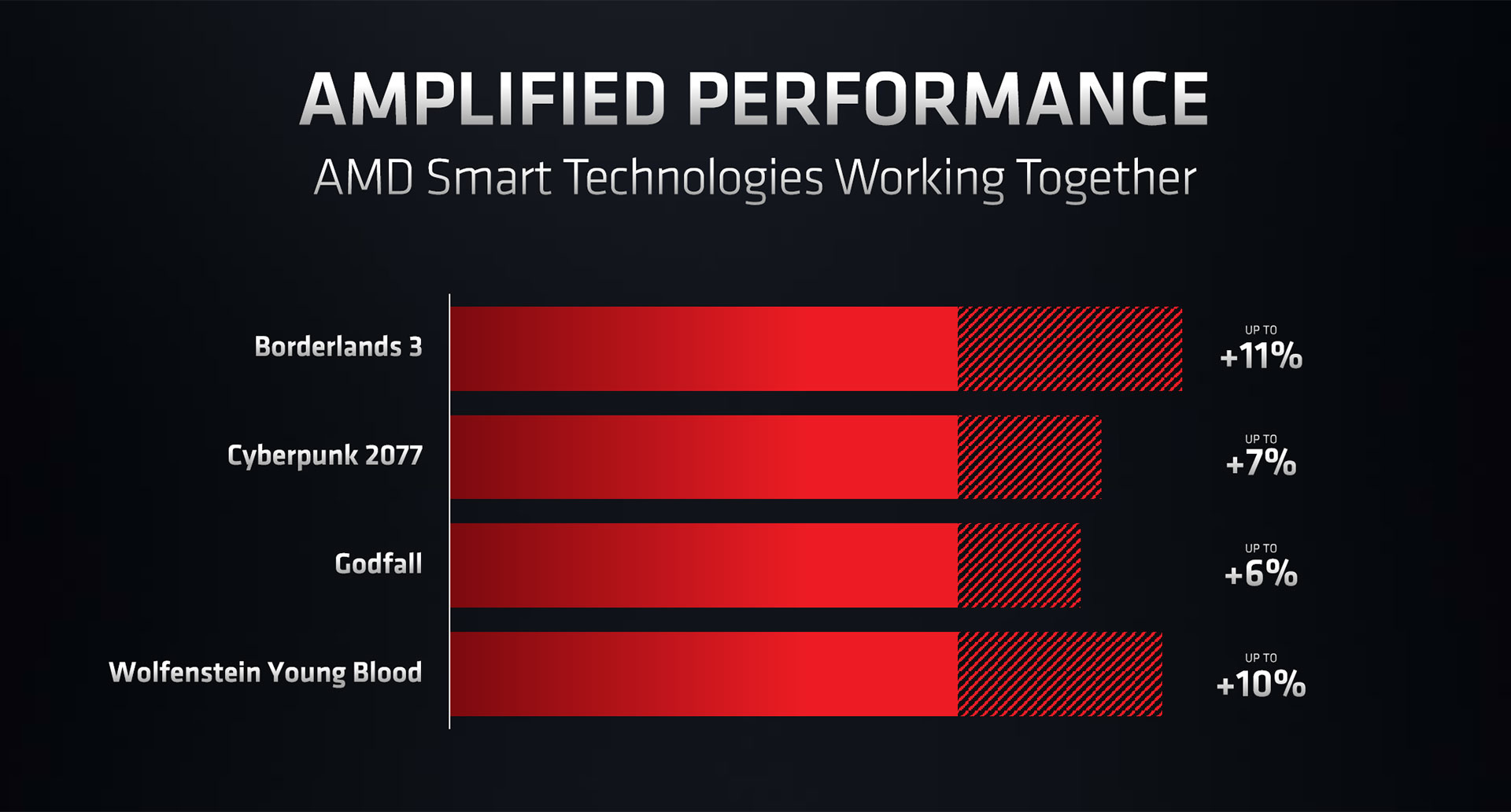
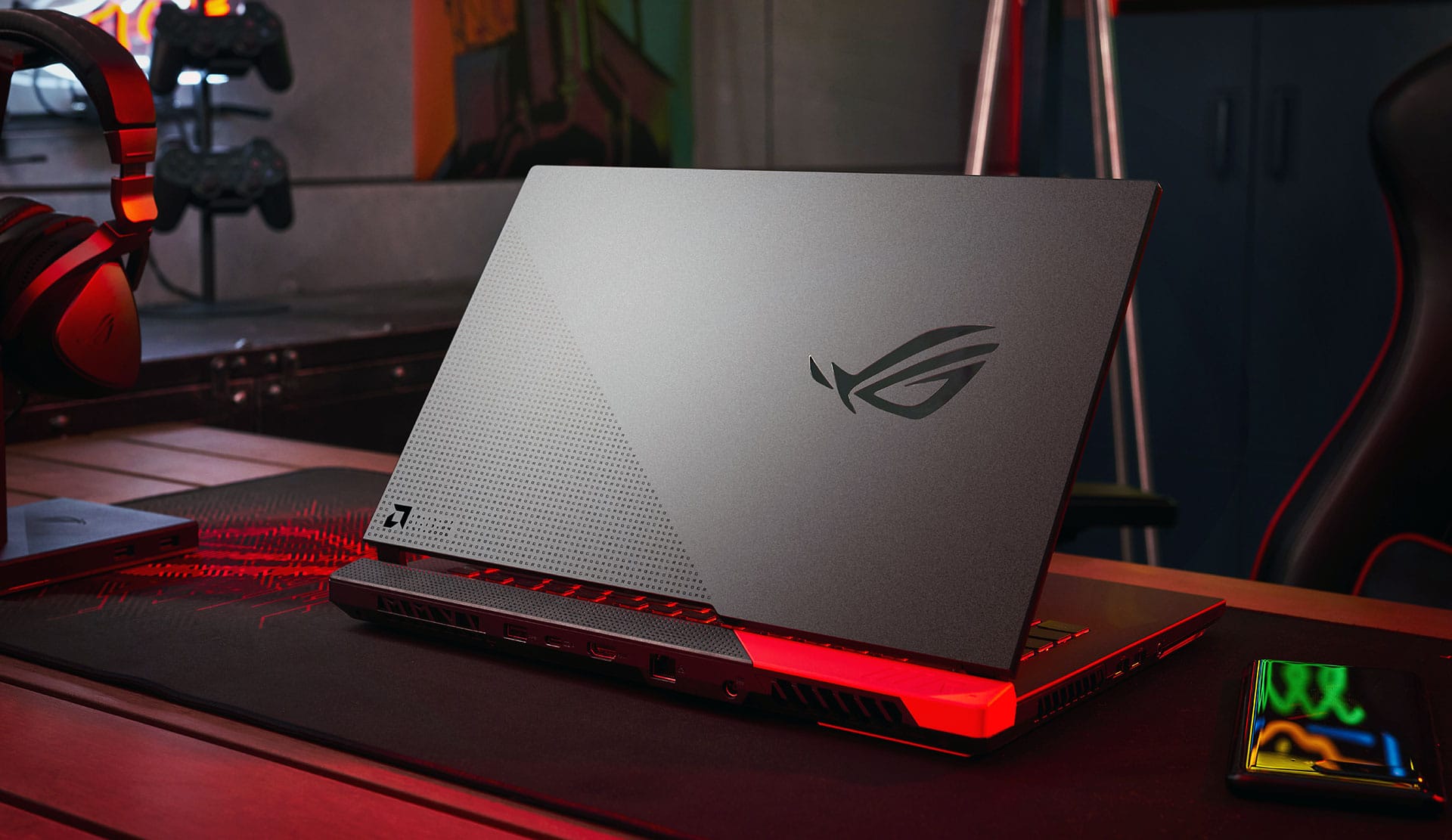


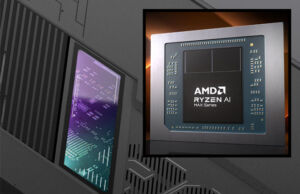
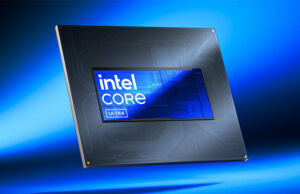
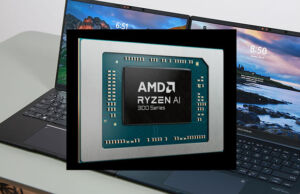
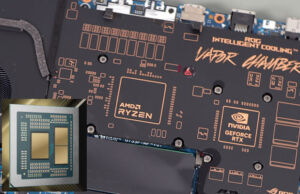
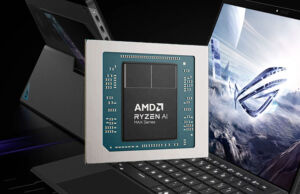



Tind
June 1, 2021 at 12:20 pm
Try swapping out the rams for faster ones. Jarrod on YouTube confirmed that in Shadow of the Tomb Raider the g15 6800m model gets +19% performance with rams using faster timings.
Andrei Girbea
June 1, 2021 at 12:33 pm
Thanks. As mentioned in the article, we did not get a review sample yet.
Anonhitu
June 1, 2021 at 4:40 pm
The RX 6800M has 12 GB VRAM but in your table 8 gb is mentioned.
Ali
June 23, 2021 at 5:29 pm
How much is this in Canada and where can i buy it from.
PVB
November 26, 2021 at 12:37 am
Got G513QY and G713QY, both with 165Hz QHD screens. G513QY comes with Chi Mei Innolux CMN152A (N156KME-GNA) which is very nice with 100% DCI-P3, but G713QY is with BOE NE173QHM-NY1 which doesn't look as good. I see it's reported 77% DCI-P3. Have you tested it with X-Rite?
Andrei Girbea
November 26, 2021 at 12:05 pm
This is a preview article. We haven't tested the G713QY.